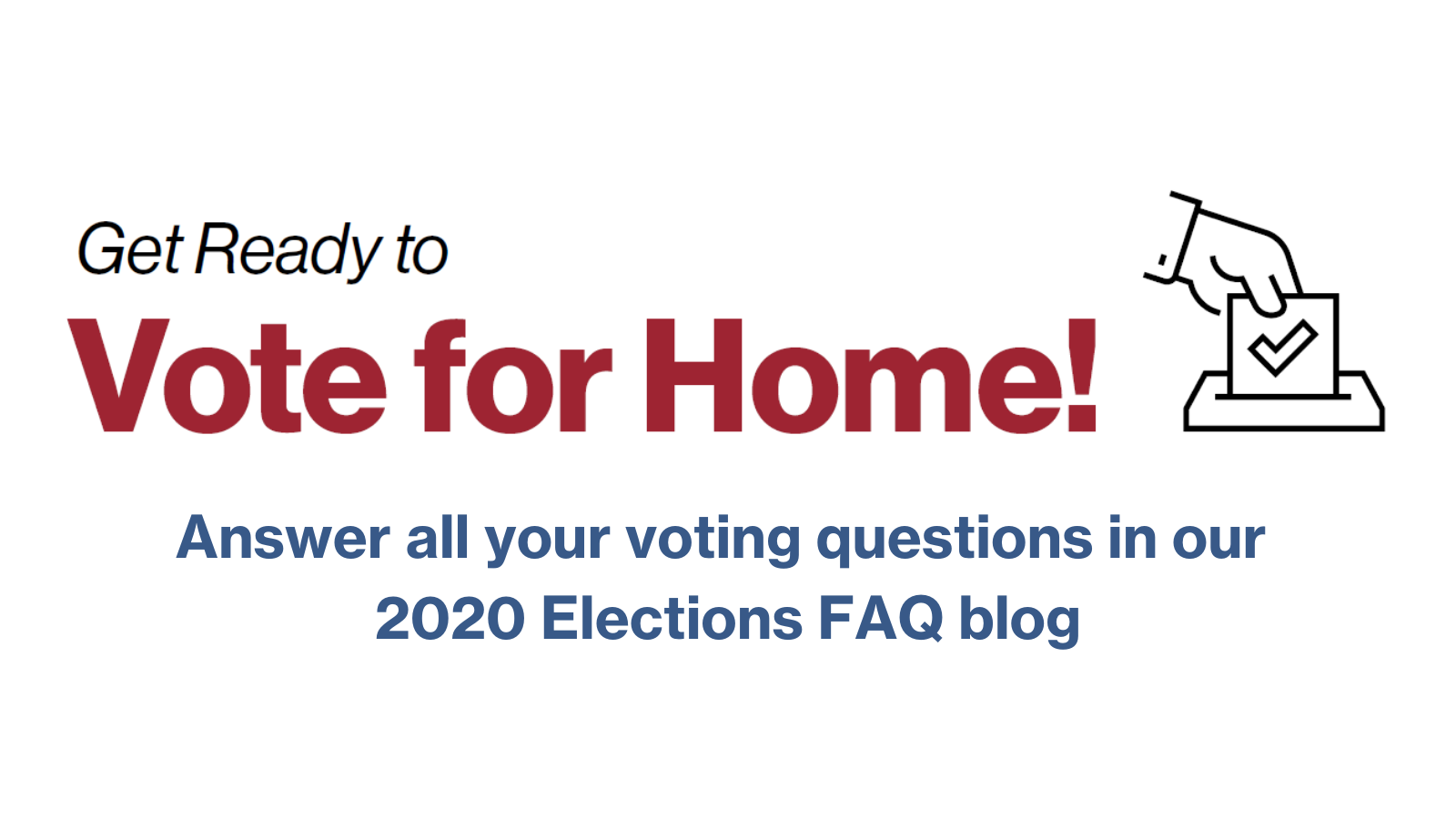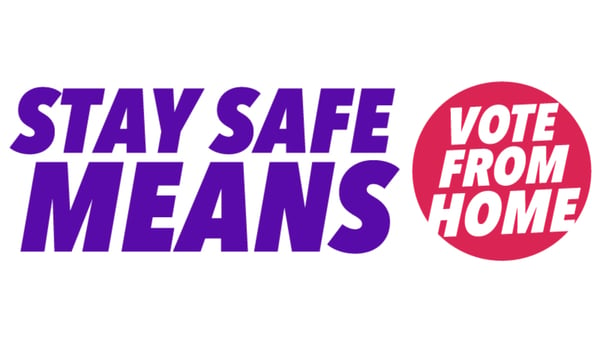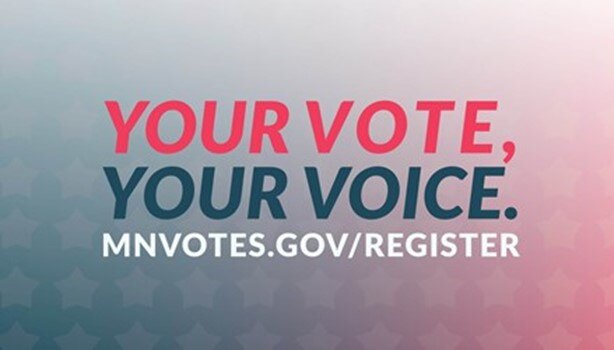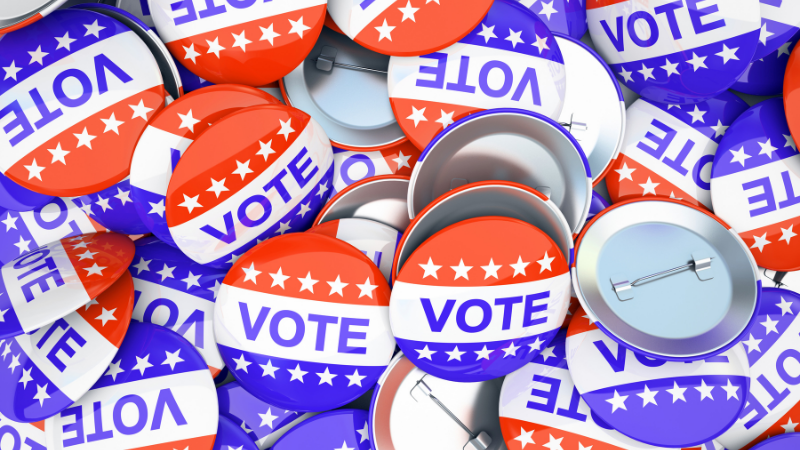Your 2020 Elections Guide, Part 1
We continue to process the pain and hope of our nation’s uprising for racial justice amid a global health crisis. You can see ourrecent statements...
7 min read
 Julia Hobart
:
4:25 PM on September 18, 2020
Julia Hobart
:
4:25 PM on September 18, 2020

Elections are an important way for individuals and communities to make their voices heard. That’s why Twin Cities Habitat is excited to engage our advocacy supporters in the 2020 Elections. As a 501(c)(3) nonprofit, our election engagement will be strictly non-partisan.
If you have any additional questions, please visit the Minnesota Secretary of State website at www.mnvotes.org. This is the most accurate and current source of information about the election.
Your ballot must be received by Election Day or else it will be set aside, ruled a Federal Court on Thursday, October 29. What does this mean for you? Visit our Elections Guide, Part 1 to find out.
We’ve put together this list of Frequently Asked Questions to help you with everything you need to Vote for Home. Read on, share, and email us if there’s anything else you want to know.
Use these links to jump to specific sections:
Q: English is not my first language. How can I learn more?
A: The Secretary of State has information translated in 11 languages, including Español (Spanish), Hmoob (Hmong), Soomaali (Somali), Tiếng Việt (Vietnamese), Pусский (Russian), 中文 (Chinese), ພາສາລາວ (Lao), Oromo (Oromo), ខ្មែរ (Khmer), and አማርኛ (Amharic).
Q: When is the election?
A: Election Day is Tuesday, November 3, 2020. Polls will be open from 7:00 a.m. to 8:00 p.m. You don’t need to vote in person on Election Day if you don’t want to. Read more about mail-in voting and other voting options below.
Q: Can I vote?
A: You can vote in Minnesota if the following things are true:
See the Secretary of State’s eligibility requirements here for more information.
Q: Do I need to register to vote?
A: You need to register in order to vote.
Q: I’m worried about COVID-19 risks. How can I vote safely?
A: Luckily, in Minnesota, there are plenty of easy and safe ways to vote – even during the COVID-19 pandemic. Here are several safe options. Visit www.mnvotes.org to learn about other ways to vote.
Q: Which offices are up for election?
A: In the general election, all United States voters will have these races on their ballot:
*Only some Senators are up for election this November. In Minnesota, we are currently represented by Senator Amy Klobuchar and Senator Tina Smith. This year, only Senator Smith’s seat is up for election.
Depending on where you live, you may also have certain local elections on your ballot. These could include:
Depending on where you live, you may also vote on what is called a ballot referendum. This is a question or issue posed to voters that they will decide directly by either voting “yes” or “no” for the issue.
For example, in Minneapolis this year, voters will decide: Shall the Minneapolis City Charter be amended to comply with Minnesota election law related to uniform dates for special municipal elections and to provide that a special election be held on a legal election day under Minnesota law that is more than 90 days from a vacancy in the office of Mayor or Council Member?
Kind of in-the-weeds, right? That’s another reason it’s good practice to look up your ballot in advance – it’ll give you time to do any necessary research.
Let the Advocacy team know if you have a question about a city question on your ballot.
Q: How do I know what will be on my ballot?
A: Click here to see your sample ballot, including a list of all the candidates and any ballot referendums or “city questions.” You'll simply enter in your address information and select “Click here for sample ballot” to see a PDF of your ballot as it will appear in hard copy. Here’s what mine looks like!
Q: How do I decide who to vote for?
A: Once you look up who will be on your ballot, there are a number of tools to help you decide who you want to vote for. First, you can look up candidate campaign websites to read about their policy platforms, values, and key priorities. You can read questionnaires, surveys, and other materials that candidates have completed to learn more about their positions on various issues.
Check out the Minnesota Housing Partnership’s 2020 Candidate Questionnaire and read state candidate responses to eight questions about housing – including about equity in homeownership. If your candidates haven’t responded yet, drop them a line via email, phone, or Twitter, and ask them to complete the questionnaire. This is a helpful tool for you to gauge which candidates will be champions for housing and to decide ultimately who you want to vote for.
There are many other ways to talk directly to candidates. While door-to-door canvassing may be limited due to COVID-19, candidates may reach out to you by phone or email. You may also be able to attend a virtual candidate town hall. At any of these occasions, use our Candidate Conversation Guide to engage candidates about affordable homeownership.
Q: Why should I make a voting plan?
A: Decide early how and when you want to vote. If you need to arrange childcare, get a ride to the polls, or plan any other details, it can be helpful to think it through ahead of time. People who have a solid voting plan are much more likely to follow through, either on Election Day or in advance.
Make sure you have a plan, and check in with those in your network, too. Do you have an elderly neighbor or someone nearby who may need help? Touch base with them and ask if they want help forming a voting plan.
Moreover, studies show that if people write down their intention to vote, they are much more likely to do so. That’s partly why we created our online Vote for Home Pledge. Sign it here (scroll to the bottom to find it), and help us get to 1,000 virtual signatures.
Q: How do I vote by mail?
A: This election, many people will be voting by mail for the first time. In order to make sure your vote is secure and successful, it’s important to be careful and follow all the instructions included with the mail-in ballot. Learn more at the Secretary of State website.
Here is an overview of the steps you’ll need to take:
Q: How do I know if my mail-in ballot was counted?
A: Use the Secretary of State’s handy ballot tracker to know if your vote has been received and counted. If you have any questions about the receipt of your ballot, or if you want to change your vote, call 1-877-600-VOTE (8683) or your local elections office.
Q: What is the deadline for sending my mail-in ballot?
A: Request and return your absentee (mail-in) ballot as soon as possible. As of October 29, your absentee ballot needs to be received by November 3 or else it will be set aside (and likely will not count). If you haven't returned your absentee ballot yet, do not mail it in. Instead, either drop it off in person to the elections office who mailed it to you no later than 3:00 p.m. on Election Day, or vote Early in Person, or vote on Election Day.
Q: I’ve read about changes to the USPS. Is mail-in voting a secure option?
A: Mail-in voting is secure and safe. According to the Secretary of State, “Numerous layers of security make absentee voting just as secure as in the polling place.” Each ballot has its own unique barcode, which the Secretary of State's office uses to track and count your vote, and every voter has a unique record in the voter registration system. To account for an expected surge of voting closer to Election Day, it is best to mail in your ballot as soon as possible. Use the ballot tracking feature to confirm when your ballot has been received and counted.
For a list of Frequently Asked Questions put together by the Secretary of State, click here.
Your gift unlocks bright futures! Donate now to create, preserve, and promote affordable homeownership in the Twin Cities.

We continue to process the pain and hope of our nation’s uprising for racial justice amid a global health crisis. You can see ourrecent statements...

Election Day is officially one month away, so it’s time to make a voting plan. In theory, voting should be a simple and easy process. Register,...

Twin Cities Habitat for Humanity is an advocate for encouraging democratic participation through voting. This year, many cities and towns are...